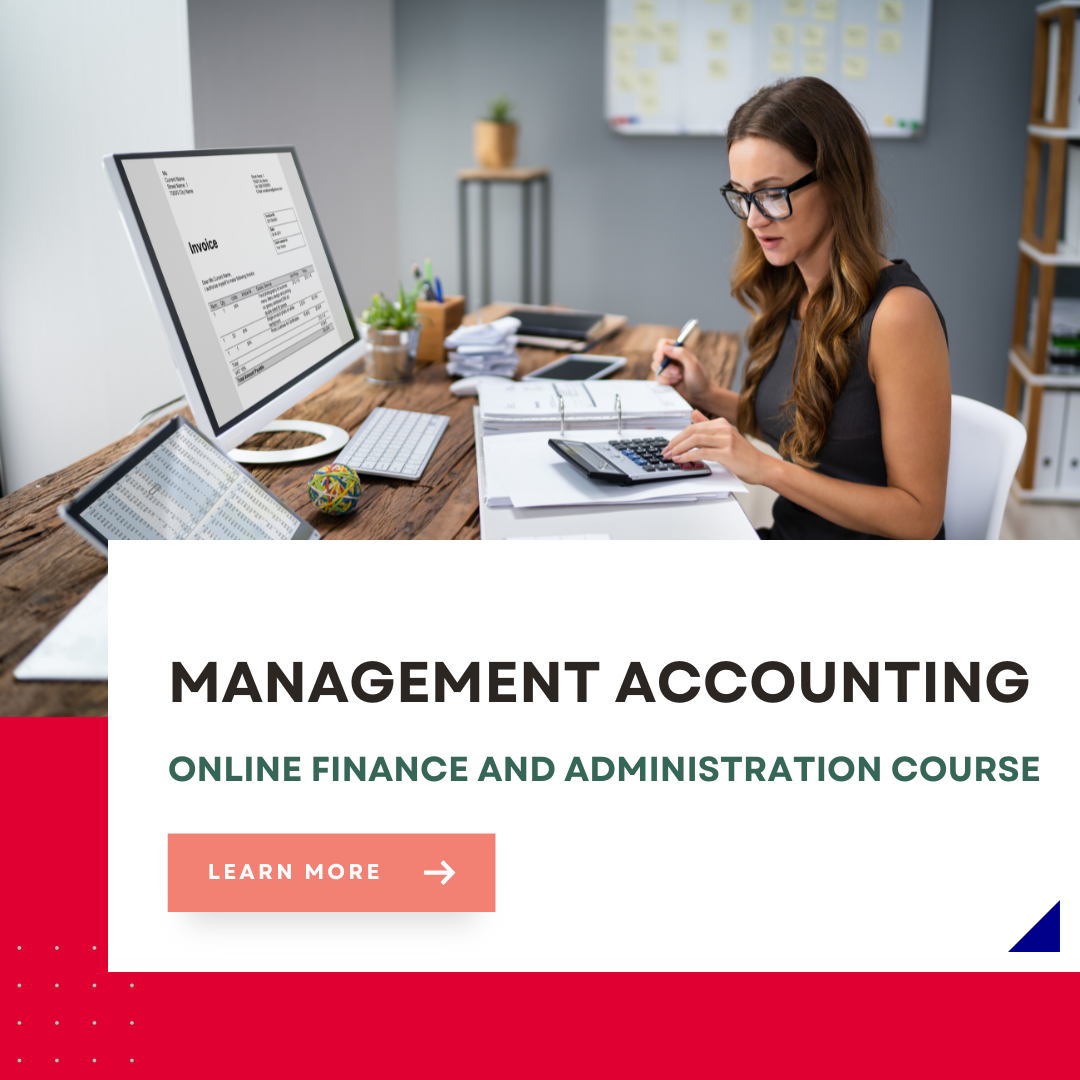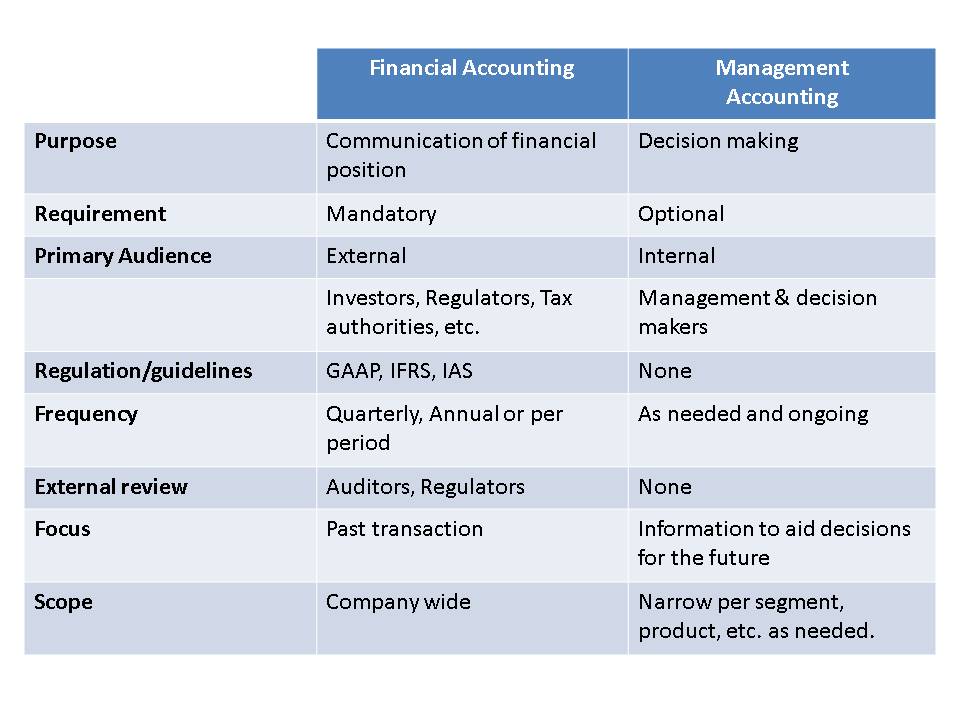
Financial professionals typically use reports like balance sheets and debt-to-equity ratios to help companies determine borrowed capital amounts. Having a certification can offer many benefits in the managerial accounting field. This includes increased job opportunities, higher annual earnings, and distinction within your industry. Managerial accounting is useful for companies to track and craft spending budgets, reduce costs, project sales figures, and manage cash flows, among other tasks. Managerial accounting also involves reviewing the trendline for certain expenses and investigating unusual variances or deviations. It is important to review this information regularly because expenses that vary considerably from what is typically expected are commonly questioned during external financial audits.
- A study shows that 62% of these businesses fail mainly because of poor management of their financial records.
- As the most successful business model, the franchise industry involves over 790,000 franchises and generates 3% of the USA GDP.
- Popular accounting concentrations include auditing, cost accounting, financial accounting, and information systems.
- « There’s a lot more to development than just doing a job, » McKonly & Asbury’s Feltenberger said.
How Does Cloud Accounting Work?
Management accounting is specific to strategic decision-making based on company finances. The goal of management accounting is to aid decision-makers by providing accurate information about a business’s financial operations. Find out more about management accounting jobs, responsibilities, required competencies and salaries. Financial leverage metrics analyze and determine the amount of borrowed capital that should be used to purchase assets to provide the maximum return on investment. This method provides transparency to key stakeholders so that they can see where the money goes and why.

Managerial Accounting Meaning, Pillars, and Types
Management can use this type of accounting to set objectives, format plans to meet them, and compare the performance of various departments. Using historical data as a reference, the management observes the current information to check the impacts of business decisions. Finance Strategists is a leading financial education organization that connects people with financial professionals, priding itself on providing accurate and reliable financial information to millions of readers each year. Our team of reviewers are established professionals with decades of experience in areas of personal finance and hold many advanced degrees and certifications.
Our Team Will Connect You With a Vetted, Trusted Professional
This setup allows business owners and their finance teams to access essential financial data from anywhere, promoting seamless collaboration and more efficient financial reporting. The program’s mix of practical case studies and theoretical knowledge equips graduates to take on real-world challenges. Students learn to produce professional documents, deliver clear presentations and analyze complex business situations. By integrating risk management and advisory accounting principles, graduates are prepared to drive financial stability and growth, making them valuable strategic assets.
In each of these examples, the managerial accounting function would help to determine the variables that would help appropriately measure the desired goal as well as plan how to quantify these measures. However, measures are only useful if tracked and used to determine their effectiveness. Three friends who are recent graduates from business school, Alex, Hana, and Gillian, have each just begun their first postgraduation jobs. Alex has taken a position as a market analyst for a Fortune 500 company that operates in the shipping industry. Her first assignment is to suggest and evaluate ways the company can increase the revenue from shipping contracts by \(10\) percent for the year. How will she know if her suggestions for pricing are creating more shipping contracts and helping to meet the company’s goal?
Best practices for franchise accounting
This way, the team avoids costly mistakes and improves the company’s ability to achieve its objectives. If you want to take the next step into the world of managerial accounting, there are a few ways you could start. Managerial accounting uses easy-to-understand techniques such as standard costing, marginal costing, project appraisal, and control accounting. These systems vary deduction checklist within the industries they are used within and allow for functionalities and reports specific to that industry. To facilitate its educational objectives, the Institute has accredited a number of universities which have master’s degree subjects that are equivalent to the CMA program. Some of these universities also provide in-house training and examinations of the CMA program.
Managers need to know what is happening in their organization when it comes to sales, costs, assets, liabilities, and profitability. For example, if a manager is interested in making decisions concerning inventory levels in several parts of the business, Management Accounting information is needed. Management accounting uses both financial and cost information to advise managers in planning and controlling the organization. While management accounting can help businesses in many ways, it still presents challenges. For starters, the usefulness of management accounting depends on the quality of the information used to create the analyses.
Management accountants use performance reports to note variances between actual results from budgets. All public companies domiciled in the United States must abide by generally accepted accounting principles (GAAP), which are a set of accounting formats that help investors compare and contrast the metrics of different organizations. According to GAAP, a company must enter its financial accounting data in its balance sheets, income statements, and cash flow statements. International companies must likewise adhere to sets of accounting standards specific to their respective geographic regions. Marginal costing (sometimes called cost-volume-profit analysis) is the impact on the cost of a product by adding one additional unit into production. The contribution margin of a specific product is its impact on the overall profit of the company.
